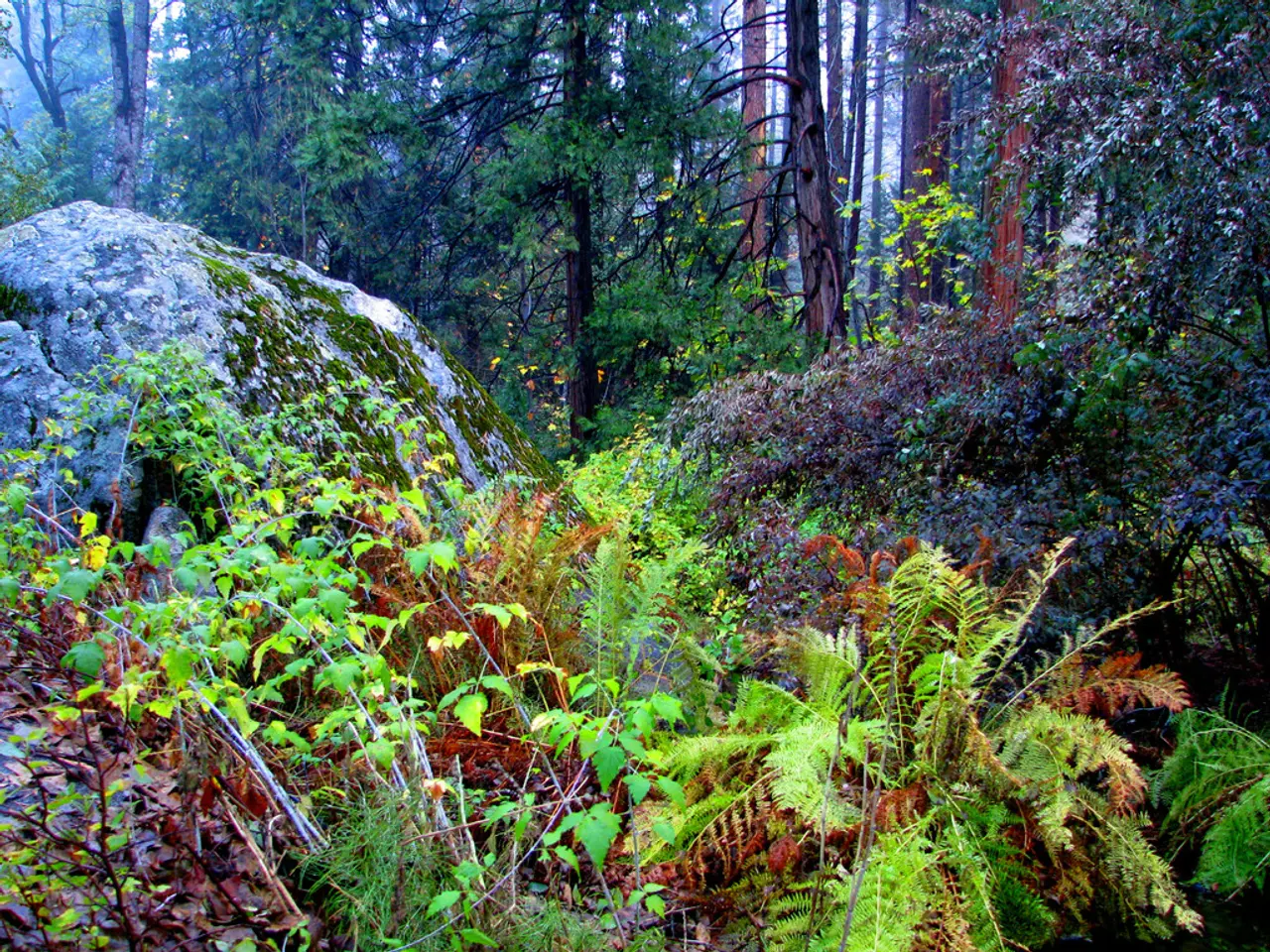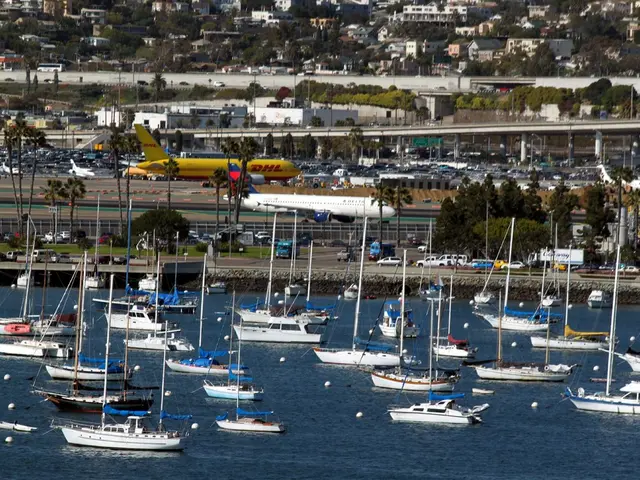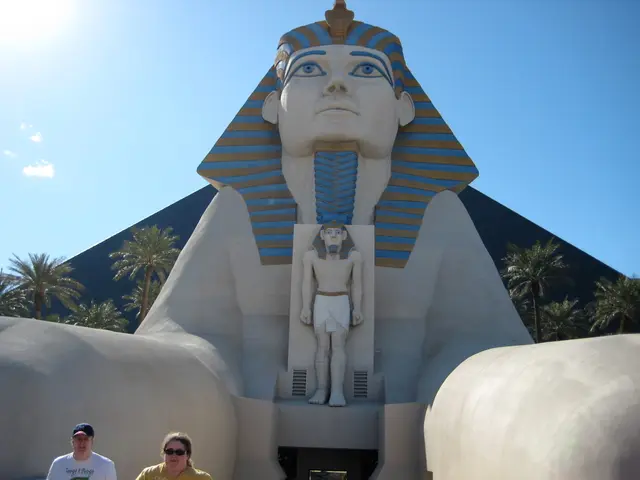UNESCO Names Raja Ampat New Biosphere Reserve, But Nickel Mining Threatens Ecosystems
UNESCO has designated Raja Ampat, an Indonesian archipelago renowned for its rich biodiversity and geological heritage, as a new biosphere reserve. However, the region faces threats from nickel mining operations that could devastate its ecosystems and harm the livelihoods of thousands of people.
Raja Ampat, spanning 13.5 million hectares and comprising 610 islands, is home to 75% of the world's coral species and five endangered turtle species. It supports the livelihoods of over 64,000 people. Despite its recent UNESCO recognition, the region is under threat from nickel mining concessions covering 22,000 hectares, including areas overlapping with coral reefs and marine habitats.
Indonesia's nickel industry is expanding into Raja Ampat, directly impacting forest and coral reef destruction. If continued, extraction could put at risk 2,470 hectares of reefs and endangered species habitat, along with 7,200 hectares of forests. UNESCO is aware of this threat and has asked the Indonesian government for detailed information before approving the biosphere reserve nomination. The success of managing Raja Ampat as a biosphere reserve depends on the synergy among all parties involved, including local communities and governments.
Raja Ampat's designation as a UNESCO biosphere reserve and global geopark highlights its unique ecological and geological significance. However, the looming threat of nickel mining underscores the urgent need for effective management and collaboration among stakeholders to protect the region's invaluable ecosystems and the people who depend on them.
Read also:
- Flu Vaccination Timing and Symptoms to Watch Out For
- Executives at Lipton Teas Recognized as Trailblazers in the Consumer Packaged Goods (CPG) sector by Top Women in Grocery
- Challenges in Advancing Cell and Gene Therapy: Balancing Innovation, Legislation, and Production hurdles
- Artist Ranjan Kaul's 'Within, Without' Explores Societal Issues







